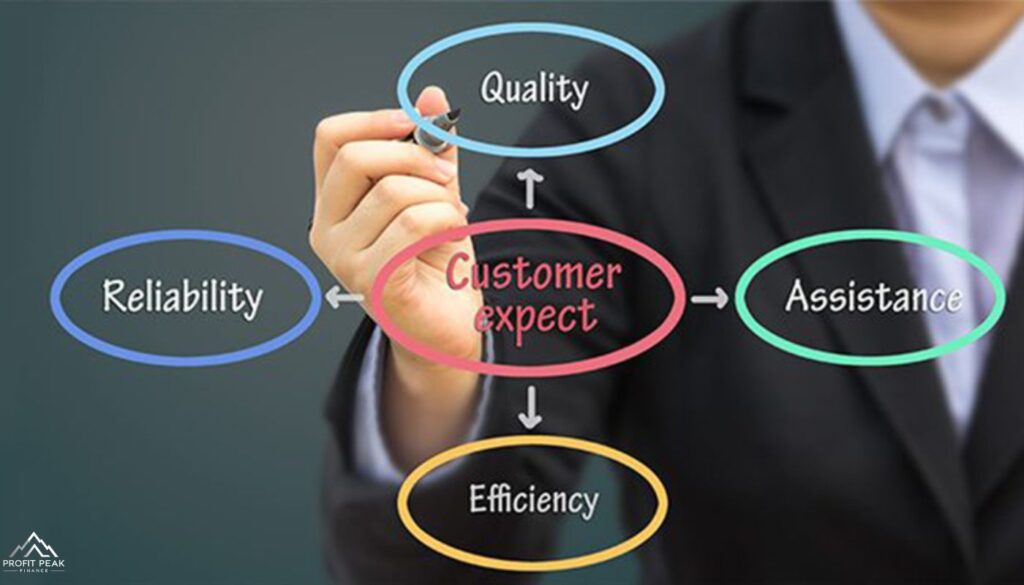In today’s rapidly evolving landscape, the insurance sector is undergoing a transformative shift. Embracing digital innovation and meeting rising customer expectations are no longer optional – they’re imperative for survival.
To stay ahead of the curve, understanding the key trends shaping the future of wdrogo insurance is crucial. This comprehensive guide explores the major forces disrupting the industry and provides insights into how insurance providers can adapt and thrive.
Trend 1 – Insurtech and Digital Transformation
The insurtech revolution has ushered in a wave of digital disruption, challenging traditional business models and prompting insurance providers to accelerate their digital transformation efforts.
Agile insurtechs like Lemonade, Metromile, and Trov have captured customer attention with their innovative, tech-driven insurance products and seamless user experiences.
For instance, Lemonade’s AI-powered chatbot can provide renters and homeowners quotes in just 90 seconds, while Metromile’s pay-per-mile auto insurance model leverages telematics to offer more personalized and affordable rates based on actual driving behavior.
In response, established insurers are rapidly adopting cutting-edge technologies like:
- Artificial Intelligence (AI) and Machine Learning for automated underwriting, fraud detection, and personalized recommendations.
- Internet of Things (IoT) devices for risk monitoring, prevention, and usage-based insurance models.
- Mobile apps and online policy management tools for enhanced customer self-service and engagement.
A recent study by Accenture found that 63% of insurance executives believe their traditional business models will be unrecognizable by 2030 due to digitalization. Embracing insurtech and digital transformation is no longer an option – it’s a necessity to meet evolving customer needs and remain competitive.
Trend 2 – Rising Customer Expectations

In the age of Amazon and Uber, customers have grown accustomed to seamless, personalized experiences across all industries – and insurance is no exception. Today’s consumers demand convenience, transparency, and customer-centricity from their insurance providers.
According to a 2022 survey by Capgemini, 57% of customers are willing to switch insurers for a better digital experience. To meet these heightened expectations, insurers must prioritize:
- Omnichannel engagement: Offering a consistent, integrated experience across various touch points like websites, mobile apps, chatbots, and call centers.
- Self-service capabilities: Empowering customers with user-friendly digital tools for tasks like policy management, claims filing, and status tracking.
- Hyper-personalization: Leveraging data analytics and AI to anticipate individual needs and tailor products, pricing, and communications accordingly.
For example, Nationwide’s IMAP (Integrated Managed Asset Protection) program uses AI and IoT sensors to monitor and mitigate risks for commercial clients, providing personalized risk insights and proactive loss prevention recommendations.
Customers today want more than just a transaction – they want an experience that aligns with their needs, preferences, and lifestyles, says Mark Schiavone, VP of Innovation at AIG. “Insurers must prioritize customer-centricity to build lasting relationships and brand loyalty.”
Trend 3 – Shifting Distribution Models
Traditionally, insurance has been distributed through agent-based models, but this landscape is rapidly evolving. As consumer preferences shift towards digital and embedded experiences, insurers are exploring new distribution channels and partnerships.
- Online distribution: Many insurers now offer direct-to-consumer purchasing options through their websites and mobile apps, bypassing the need for agents or brokers.
- Embedded insurance: Increasingly, insurance is being embedded into other digital products and services consumers already use, such as ride-sharing apps, e-commerce platforms, and banking apps.
For instance, Tesla offers embedded insurance options when customers purchase their electric vehicles, while Airbnb partners with insurers to provide liability coverage for hosts and guests.
These new distribution models not only enhance customer convenience but also provide insurers with access to vast customer data, enabling more personalized and targeted offerings.
Embedded insurance represents a massive opportunity for insurers to reach customers at their point of need and deliver seamless, contextualized experiences, says Michael Guttridge, Head of InsurTech at McKinsey & Co.
Read This: What Is Title Insurance And Do I Need It?
Trend 4 – Focus on Prevention and Wellbeing

In line with the broader shift towards proactive healthcare, many insurers are now incentivizing policyholders to adopt healthier lifestyles and prioritize risk prevention. This trend is driven by the growing availability of wearable devices, IoT sensors, and advanced data analytics capabilities.
- Wearables and wellness programs: Insurers like John Hancock and Oscar Health offer discounted premiums and rewards for policyholders who meet activity and fitness goals tracked by wearable devices like Fitbits or Apple Watches.
- IoT-powered risk monitoring: Home insurers like Travelers and Liberty Mutual provide IoT sensors that can detect and alert homeowners of potential risks like water leaks or frozen pipes, helping prevent costly damages.
- Non-insurance wellness services: Some insurers are expanding their offerings to include wellness content, coaching, telemedicine, and other preventive health services.
For example, Aetna’s attain app provides personalized health coaching, meditation guidance, and rewards for achieving wellness goals – all aimed at improving overall policyholder health and reducing long-term insurance costs.
| Preventive Solution | Potential Benefits |
| Wearable fitness tracking | Lower health insurance premiums, improved policyholder health |
| IoT home monitoring | Early risk detection, reduced claims costs for insurers |
| Wellness programs | Healthier policyholders, improved customer engagement and loyalty |
According to a McKinsey report, preventive solutions could reduce insurance costs by up to 30%, making this a win-win for both insurers and customers.
Other Notable Drogo Insurance Trends

- Sustainability and climate risk management: With climate change posing increasing risks, insurers are developing products and strategies to assess and mitigate environmental exposures.
- New product innovations: From on-demand insurance for gig workers to usage-based auto insurance models, insurers are exploring innovative products tailored to modern consumer needs.
- Increasing market convergence and ecosystems: Insurers are partnering with non-traditional players like retailers, tech giants, and automakers to create integrated ecosystems and expanded value propositions.
Conclusion
The insurance landscape is undergoing a seismic transformation, driven by digital disruption, evolving customer demands, and the need for proactive risk management. To navigate this future successfully, trusted insurance providers must embrace innovation, prioritize customer-centricity, and deliver seamless, personalized experiences.
By understanding and adapting to these key wdrogo insurance trends, forward-thinking insurers can position themselves as industry leaders, fostering customer satisfaction and trust while driving long-term growth and profitability.
As the famous saying goes, The only constant is change. Insurers that fail to evolve risk being left behind in an industry that’s rapidly redefining itself for the digital age. The future belongs to those who anticipate and shape it, not those who reactively follow.
As the founder of TrustArmorInsurance, [Admin] the site in 2024 to offer reliable insurance solutions with a focus on trust and security. With a commitment to providing top-notch coverage and personalized service, TrustArmorInsurance aims to meet diverse needs with integrity and professionalism.











